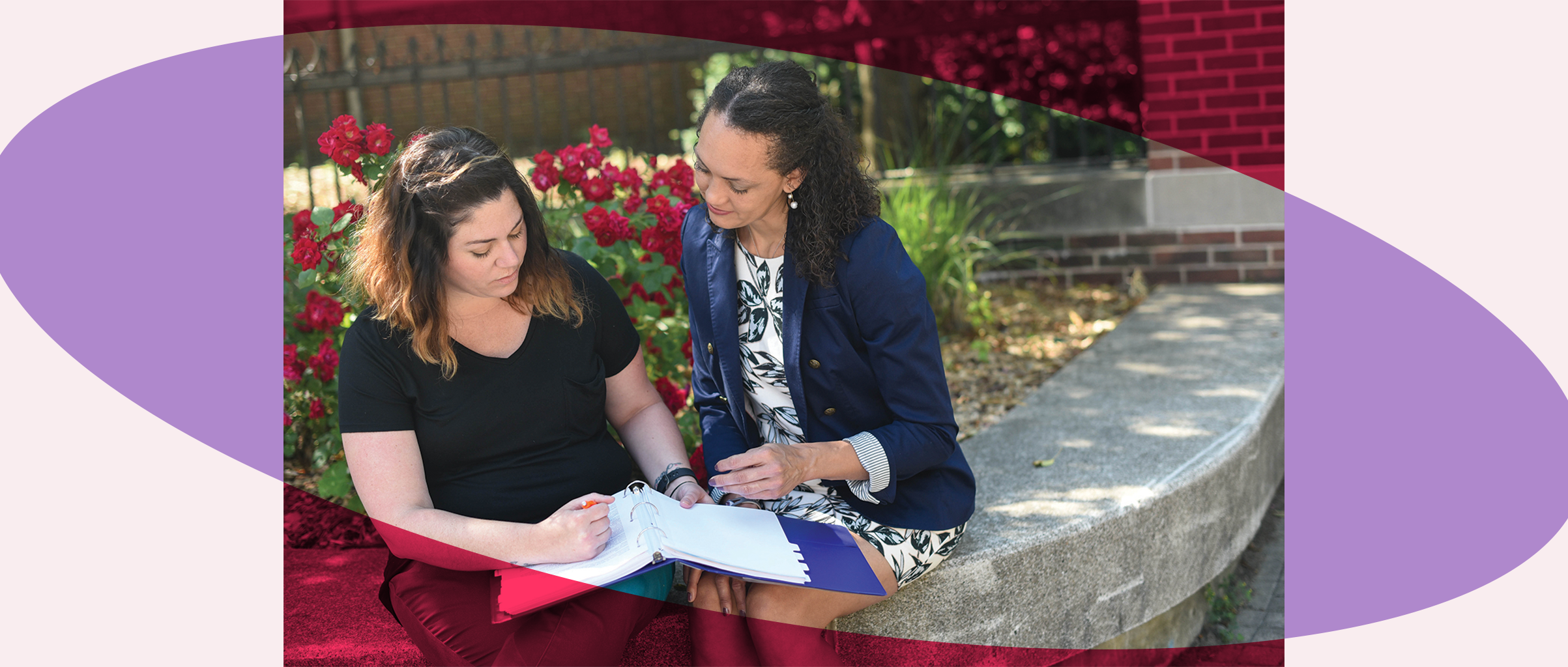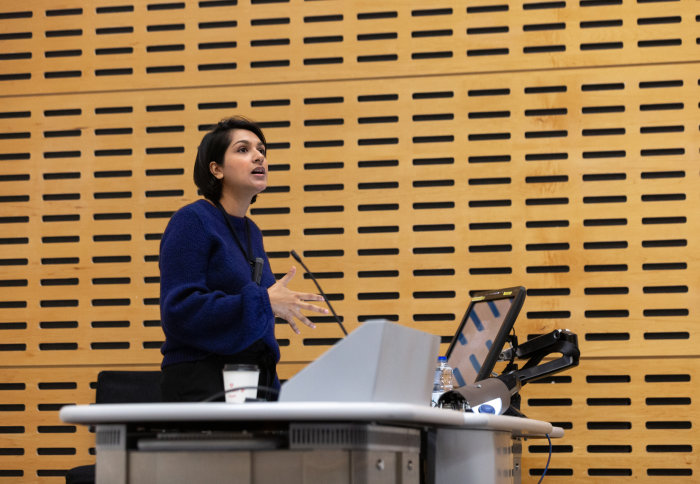I’m black. My siblings aren’t. What people need to know about Latinos and diversity.Posted in Articles, Asian Diaspora, Identity Development/Psychology, Latino Studies, Media Archive, United States on 2019-10-22 01:10Z by Steven |
I’m black. My siblings aren’t. What people need to know about Latinos and diversity.
The Boston Globe Magazine
2019-10-27
Karina E. Cueavas, Producer
Telemundo Boston, NBC Universal
What Big Papi, Gwen Ifill, and Celia Cruz have in common.
“Is she adopted?” That was the first question my brother’s math teacher asked my mom as we awaited seating at his ninth-grade graduation ceremony. I was only in fifth grade and I didn’t know what adopted meant. But I did see my mom’s frown. Her mouth twitched and I knew what was about to come wouldn’t be nice.
Minutes later my dad walked up to my mom, who was fuming. Asked what happened and she let him know. My dad only wished he were present to give the math teacher a piece of his mind.
My mom had already cursed Mr. Tonato out. And she had every right to do so. Now, let me make it very clear: Being adopted is wonderful, but I was the biological product of two very different looking people. And to many that was an alien concept. Little did I know that wasn’t the first time my parents ever got asked that question. It was just the first time I ever heard it. It certainly wouldn’t be the last.
I’m Afro-Latina. My mom is a white Latina and my siblings have her skin tone. Our dad is Afro-Latino. Both my parents are originally from the Dominican Republic. And this has been our story throughout my entire life. My mom having to explain to people that I’m her daughter. Me trying to teach people that Latinos come in different shades, sometimes all within one family. To add to some people’s confusion, my siblings and I are bilingual — we speak Spanish, our parents’ native language.
The kicker here — I grew up in New York City. The melting pot of the United States. Sometimes it felt suffocating to navigate the streets feeling as if even in such a diverse city, I didn’t belong. I wasn’t alone in that train of thought. I was part of what the book The Afro-Latin@ Reader describes in detail: “a large and vibrant, yet oddly invisible community in the United States: people of African descent from Latin America and the Caribbean.”…
Read the entire article here.






